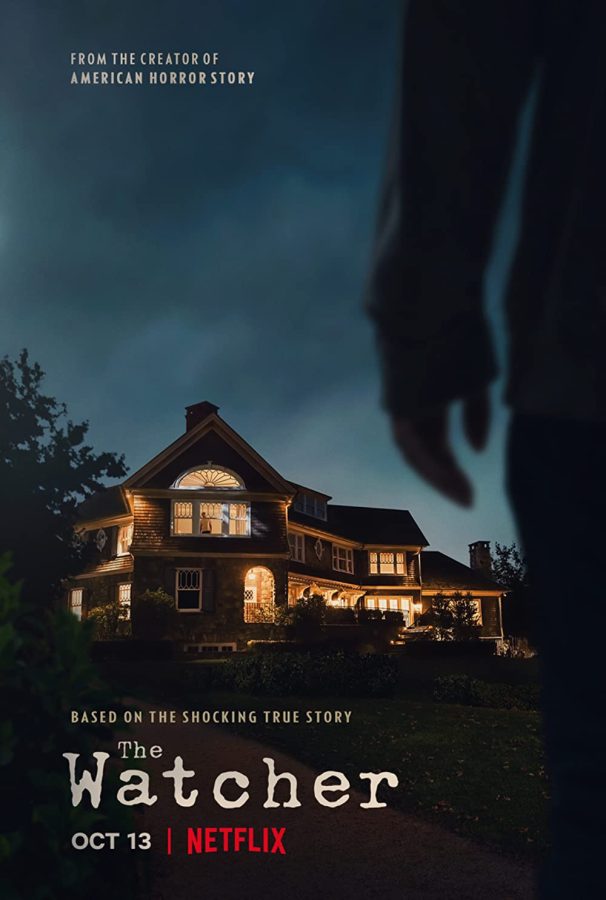“The Watcher:” Receiving letters was never so terrorizing
Photo Courtesy of: imdb.com
We all love a good old mystery to turn our heads upside down. This is what “The Watcher” came for (literally).
On Oct. 13, Netflix launched this true-story-based production starring Naomi Watts and Bobby Cannavale, among other familiar names.
“The Watcher” is brought to life by Ryan Murphy.
“The prolific producer behind ‘American Horror Story,’ ‘American Crime’ and, perhaps his most controversial outing, the recent ‘Dahmer: Monster — The Jeffrey Dahmer Story,'” Bethonie Butler said in the Washington Post. “‘The Watcher’ is a classic Murphy production: campy, over-the-top and full of recognizable faces.”
The series is based on a real case that grew famous in a 2018 article written by Reeves Wiedeman and published by The Cut, a branded site from New York Magazine, about Derek and Maria Broaddus’s case.
“The Brannocks moved to Westfield, [New Jersey] in pursuit of their version of the American dream: perfect house, wealthy neighborhood and more material comforts for their children,” Anne Cohen said for Netflix.com/tudum
After the closing date of their $1.3 million home, the family started to receive letters from someone calling themself “The Watcher.”
“The author of these screeds wrote that they were ‘put in charge of watching and waiting’ for the house’s ‘second coming’ and requested ‘young blood’ for it in the form of children,” Devon Ivie said in Vulture. “Derek Broaddus, Maria Broaddus and their three kids never moved into 657 Boulevard because of the increasingly erratic threats.”
As the show portrays, the family spent many years trying to sell the house after it had its reputation damaged, trying to figure out the author’s identity.
“For them, it’s been a balance between obsessing for years about the case and who did this to them but also trying to get on with their lives,” Reeves Wiedeman said to Vulture. Wiedeman, a features reporter, has been the authority on the Watcher case ever since he began his investigation.
Butler points out in her review for the Washington Post how “The Watcher” goes beyond portraying a crime. Instead, she highlights the “larger themes lurking beneath the show’s surface:” greed, toxic masculinity, white privilege and duplicity of obsession.
Their story was re-created with many creative add-ons by Murphy, including the mention of another real case — the Westfield case of John List.
Many publications compare the production to the real-life case to highlight the main differences and similarities. Still, the most accurate similarity for me was what made many people dislike the series: the ending. (But no, I will not give spoilers.)
“Usually shows tend to stay atop the list from word of mouth, which is why I’m surprised to see The Watcher have lasted this long with such poor audience ratings,” Paul Tassi wrote for Forbes. “I guess the concept alone was too intriguing to pass up, or maybe its cast with Naomi Watts and Bobby Cannavale.”
The story of the Brannocks takes the viewer to different turns of this psycho-thriller. Throughout the scary moments and intriguing findings, the viewer gets caught speculating who, in fact, the Watcher is. (Trust me, you will have many suspicions.)
“The Watcher” ranked number one in Netflix’s top 10 for around two weeks, with 148.2 million hours viewed in its first whole week available on the platform.
Any production using a real case as its foundation becomes intriguing enough to deserve a little peak. “The Watcher” might not have been satisfying for many, but it could be the right fit if you are looking for a bit of an out of the curve mystery to fill your spare time.












